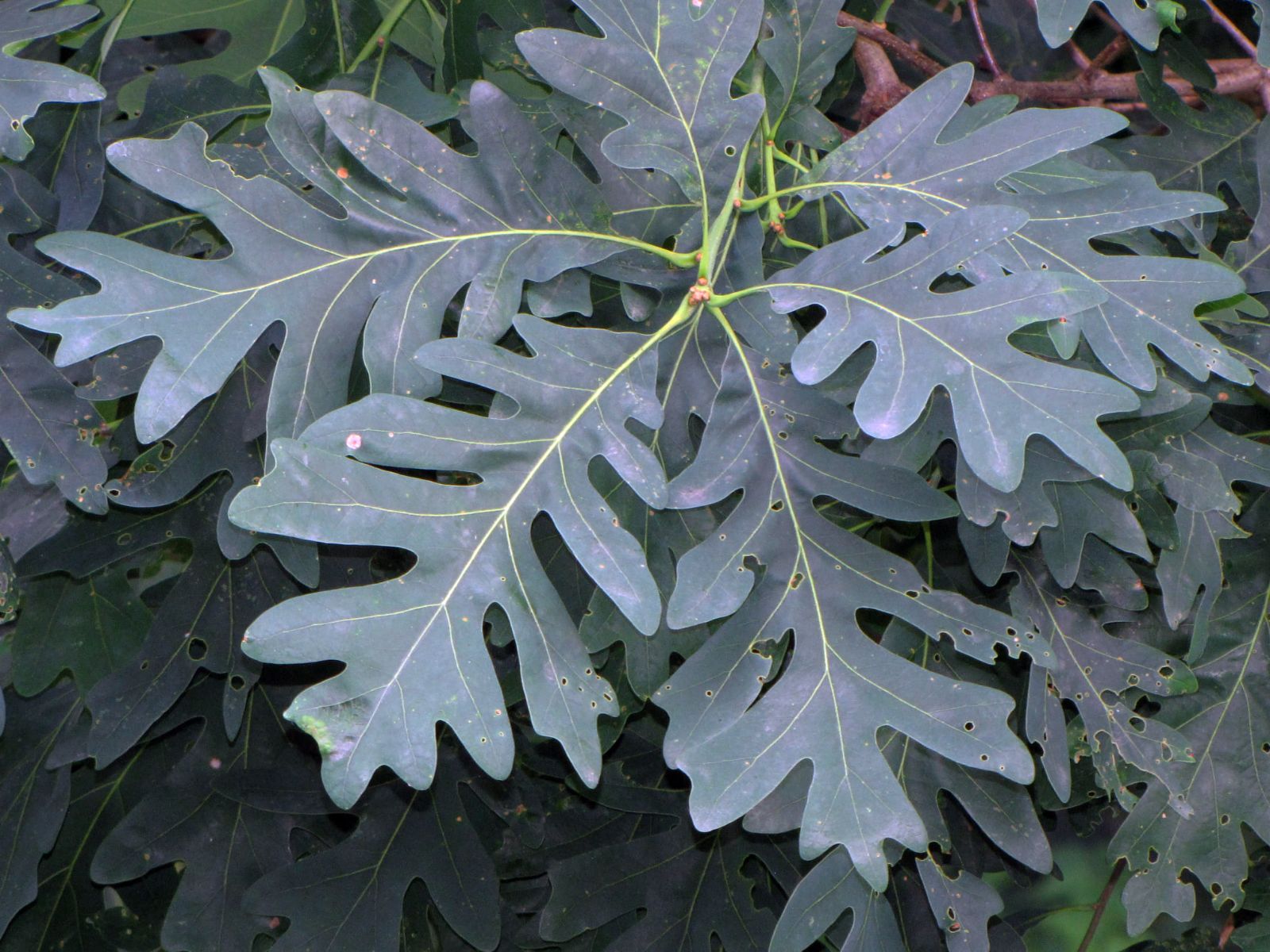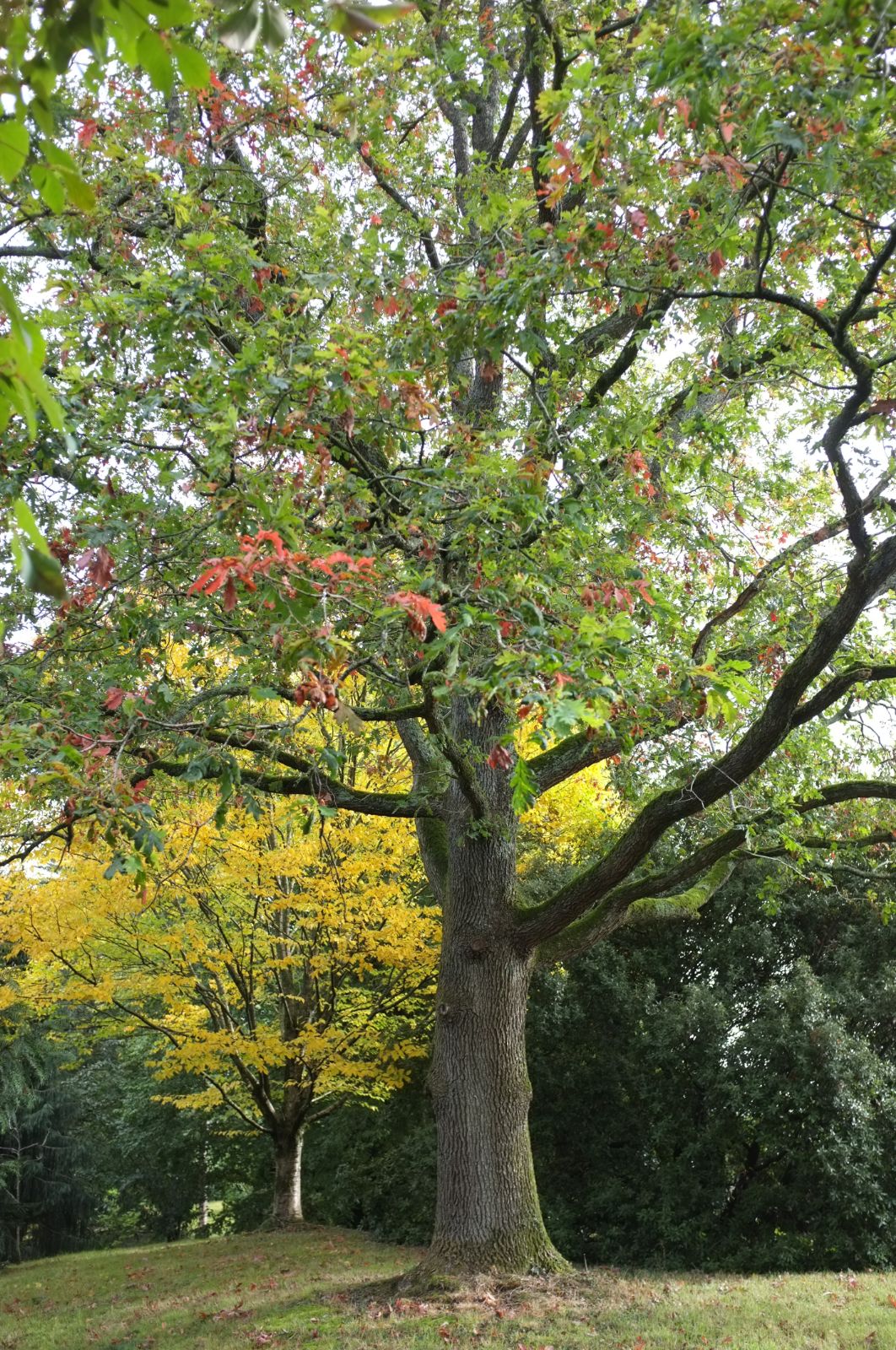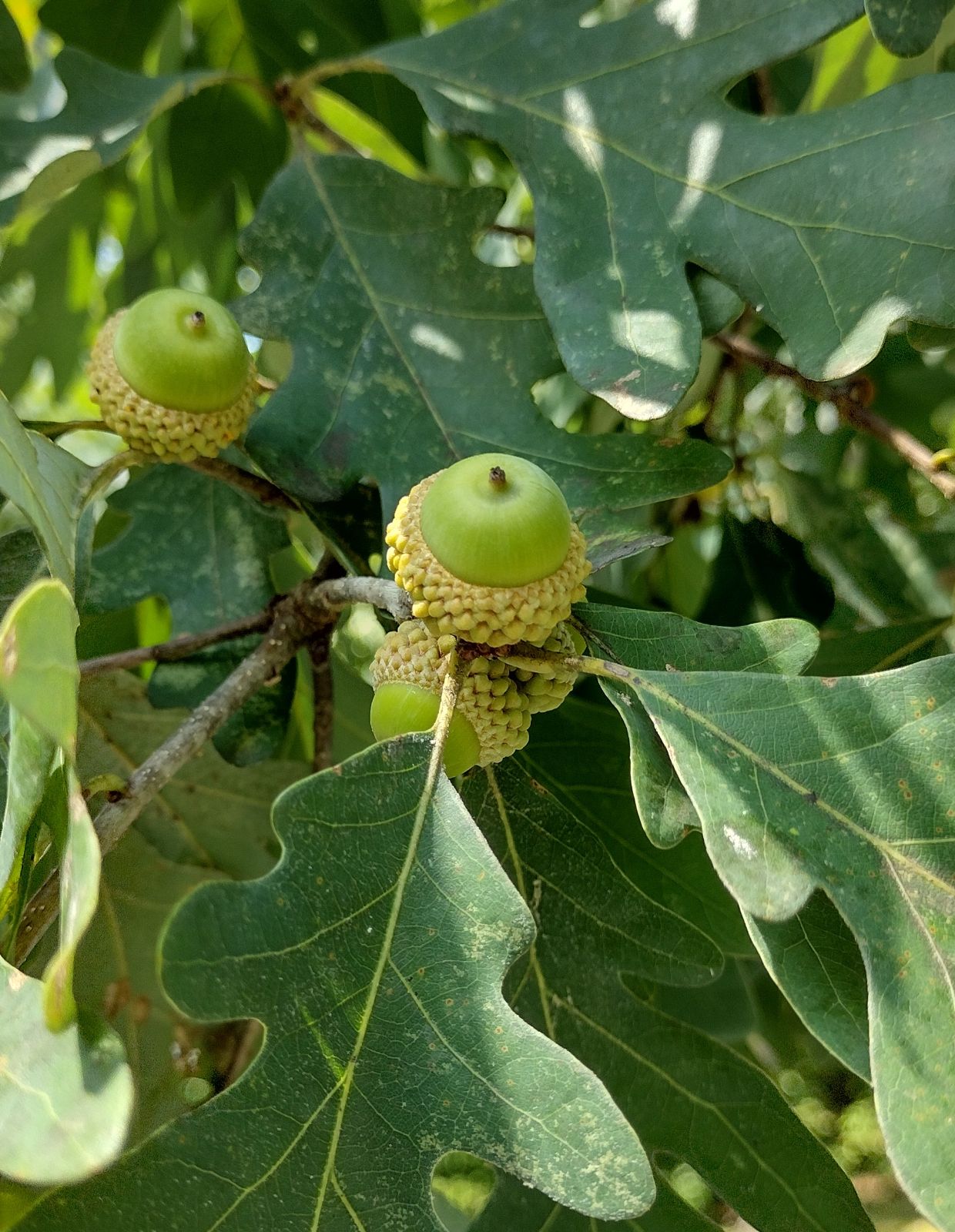Quercus alba
Sponsor
Kindly sponsored by
The Trees and Shrubs Online Oak Consortium
Credits
Article from Bean's Trees and Shrubs Hardy in the British Isles
Recommended citation
'Quercus alba' from the website Trees and Shrubs Online (treesandshrubsonline.
Genus
Common Names
- White Oak
Other taxa in genus
- Quercus acerifolia
- Quercus acherdophylla
- Quercus acrodonta
- Quercus acuta
- Quercus acutifolia
- Quercus acutissima
- Quercus afares
- Quercus affinis
- Quercus agrifolia
- Quercus aliena
- Quercus alnifolia
- Quercus aquifolioides
- Quercus arizonica
- Quercus arkansana
- Quercus aucheri
- Quercus augustini
- Quercus austrina
- Quercus × auzendei
- Quercus baloot
- Quercus bambusifolia
- Quercus baronii
- Quercus bicolor
- Quercus brantii
- Quercus buckleyi
- Quercus canariensis
- Quercus canbyi
- Quercus candicans
- Quercus castanea
- Quercus castaneifolia
- Quercus cerris
- Quercus chenii
- Quercus chrysolepis
- Quercus coccifera
- Quercus cocciferoides
- Quercus coccinea
- Quercus conspersa
- Quercus crassifolia
- Quercus crassipes
- Quercus delavayi
- Quercus dentata
- Quercus deserticola
- Quercus dolicholepis
- Quercus douglasii
- Quercus dumosa
- Quercus durifolia
- Quercus eduardii
- Quercus ellipsoidalis
- Quercus emoryi
- Quercus engelmannii
- Quercus engleriana
- Quercus euboica
- Quercus eugeniifolia
- Quercus fabri
- Quercus faginea
- Quercus falcata
- Quercus floribunda
- Quercus frainetto
- Quercus franchetii
- Quercus fruticosa
- Quercus fusiformis
- Quercus gambelii
- Quercus garryana
- Quercus geminata
- Quercus georgiana
- Quercus germana
- Quercus gilliana
- Quercus gilva
- Quercus glabrescens
- Quercus glauca
- Quercus graciliformis
- Quercus gravesii
- Quercus griffithii
- Quercus grisea
- Quercus guyavifolia
- Quercus hartwissiana
- Quercus hemisphaerica
- Quercus × hispanica
- Quercus hondae
- Quercus hypargyrea
- Quercus hypoleucoides
- Quercus ilex
- Quercus ilicifolia
- Quercus imbricaria
- Quercus incana
- Quercus infectoria
- Quercus insignis
- Quercus ithaburensis
- Quercus kelloggii
- Quercus × kewensis
- Quercus kiukiangensis
- Quercus laceyi
- Quercus laevis
- Quercus lamellosa
- Quercus lanata
- Quercus lancifolia
- Quercus laurifolia
- Quercus laurina
- Quercus × leana
- Quercus leucotrichophora
- Quercus × libanerris
- Quercus libani
- Quercus lobata
- Quercus lobbii
- Quercus lodicosa
- Quercus longinux
- Quercus longispica
- Quercus look
- Quercus × ludoviciana
- Quercus macranthera
- Quercus macrocalyx
- Quercus macrocarpa
- Quercus macrolepis
- Quercus marilandica
- Quercus mexicana
- Quercus michauxii
- Quercus mongolica
- Quercus monimotricha
- Quercus montana
- Quercus morii
- Quercus muehlenbergii
- Quercus myrsinifolia
- Quercus myrtifolia
- Quercus nigra
- Quercus × numidica
- Quercus oblongifolia
- Quercus obtusata
- Quercus oglethorpensis
- Quercus oxyodon
- Quercus pagoda
- Quercus palmeri
- Quercus palustris
- Quercus pannosa
- Quercus parvula
- Quercus petraea
- Quercus phellos
- Quercus phillyreoides
- Quercus planipocula
- Quercus poilanei
- Quercus polymorpha
- Quercus pontica
- Quercus prinoides
- Quercus pubescens
- Quercus pyrenaica
- Quercus rehderiana
- Quercus reticulata
- Quercus robur
- Quercus rotundifolia
- Quercus rubra
- Quercus rugosa
- Quercus rysophylla
- Quercus sadleriana
- Quercus salicina
- Quercus sartorii
- Quercus × schneideri
- Quercus schottkyana
- Quercus semecarpifolia
- Quercus senescens
- Quercus serrata
- Quercus sessilifolia
- Quercus setulosa
- Quercus shumardii
- Quercus sinuata
- Quercus spinosa
- Quercus stellata
- Quercus stenophylloides
- Quercus suber
- Quercus subspathulata
- Quercus tarokoensis
- Quercus tatakaensis
- Quercus texana
- Quercus tomentella
- Quercus trojana
- Quercus tungmaiensis
- Quercus turbinella
- Quercus × turneri
- Quercus undulata
- Quercus utahensis
- Quercus utilis
- Quercus uxoris
- Quercus variabilis
- Quercus velutina
- Quercus virginiana
- Quercus vulcanica
- Quercus warburgii
- Quercus wislizenii
- Quercus xalapensis
This is one of the most magnificent trees of its native country, reaching in places 100 to 150 ft, with a trunk 3 to 6 ft in diameter, producing a splendid timber with much the same qualities of durability, etc., as our native species. The bark is divided into narrow, flat ridges which tend to spread outward at the base, giving to the trunk a rather shaggy appearance. Young shoots soon glabrous. Leaves obovate, five- to nine-lobed, 5 to 9 in. long, scarcely half as wide, narrowed at the base, the upper surface dark, glossy green, the lower one pale or glaucous, and at first downy; petiole 1⁄2 to 1 in. long, yellowish green. Fruits sessile, solitary or in twos; acorn about 3⁄4 in. long, about one-fourth enclosed in the cup, which is covered with warty scales.
Native of eastern N. America from S.E. Canada to Florida, west in the USA to E. Texas and E. Iowa, attaining its greatest size in the valleys between the Appalachians and the Mississippi. Although introduced to Britain early in the 18th century, it has, after many trials, proved a failure in this country, though perhaps not so complete a failure as was suggested in previous editions of this work. The field-characters by which it can best be distinguished from our common oak are the larger, longer-stalked leaves and the very different, loosely ridged bark. Unlike our common oak, the leaves of Q. alba usually colour before falling, and this is true of trees at Kew, which, though of no ornamental value in themselves, sometimes turn a rich, brilliant red in autumn.
The following specimens have been recorded: Kew, pl. 1897 (?), 53 × 31⁄4 ft (1972); pl. 1904, 44 × 4 ft and 39 × 31⁄2 ft (1967); Windsor Great Park, 52 × 51⁄4 ft (1967); Westonbirt, Glos., in Willesley Drive, pl. 1877, 50 × 31⁄2 ft (1972); University Botanic Garden, Cambridge, 53 × 43⁄4 ft (1969); Edinburgh Botanic Garden, three trees, the largest 40 × 31⁄4 ft (1967).
From the Supplement (Vol. V)
specimens: Kew, pl. 1904, 55 × 51⁄4 ft, pl. 1897, 60 × 4 ft (1986); Windsor Great Park, 59 × 6 ft (1978); Westonbirt, Glos., 56 × 33⁄4 ft (1983); University Botanic Garden, Cambridge, 62 × 53⁄4 ft (1981).





